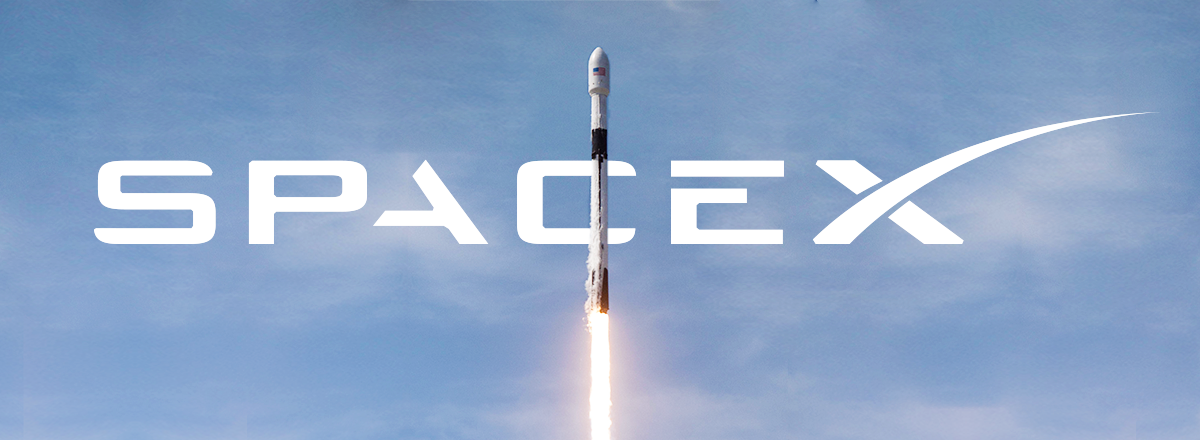SpaceX has successfully relaunched its Falcon 9 rocket, carrying 57 more Starlink internet satellites and two small Earth-imaging satellites into orbit. It is the tenth launch of the Starlink project. Initially, this launch was planned for June 22 but was postponed several times for various reasons. The launch was broadcasted live on the SpaceX YouTube channel.
During this launch, the company used the first stage F9 B5 B1051.5, which has flied and landed four times before. It was the fifth relaunch of Falcon 9's first stage.
Liftoff! pic.twitter.com/puG31v239X
— SpaceX (@SpaceX) August 7, 2020
A two-stage Falcon 9 rocket, carrying 57 SpaceX Starlink satellites, along with two BlackSky Global Earth-observation satellites, lifted off at 1:12 AM EDT (0512 GMT) from Pad 39A at NASA's Kennedy Space Center.
Two and a half minutes later, the booster pulled off, and on the ninth minute after launch, it landed on the deck of SpaceX's "Of Course I Still Love You" droneship in the Atlantic Ocean.
Falcon 9’s first stage has landed on the Of Course I Still Love You droneship pic.twitter.com/szO3thMxqa
— SpaceX (@SpaceX) August 7, 2020
Both BlackSky satellites have been deployed
— SpaceX (@SpaceX) August 7, 2020
Deployment of 57 Starlink satellites confirmed pic.twitter.com/myKxr3QSTu
— SpaceX (@SpaceX) August 7, 2020
The Falcon 9 Block 5 rocket's current version can theoretically be reused up to 10 times with intermediate technical inspections and up to 100 times with partial replacement of the first stage parts.
Recall that SpaceX catches halves of the Falcon Heavy's nosecone, or fairing, with special ships Ms. Tree and Ms. Chief, with a large stretched net. Last month, as part of the ANASIS-II launch, it caught both fairing halves in a net for the first time. The fairing costs about $6 million to manufacture, and it is about 10% of the rocket's cost. This time, it was not possible to catch the fairing halves in the net.
SpaceX already has permission to launch nearly 12,000 satellites, and in October 2019, it requested additional approval for 30,000 more satellites. SpaceX previously launched the Starlink website and has begun accepting applications for beta testing, which should start in the coming weeks. The full deployment of the Starlink network around the world is slated for the mid-2020s.
SpaceX estimated the costs of the Starlink project at $10 billion, expecting that in the first year of its operation, the system will bring about $30 billion in revenues. There is no exact data on tariffs yet.
With this launch, Starlink satellites' orbital constellation has reached about 600 pieces, and SpaceX founder and CEO Elon Musk previously said that SpaceX needs between 400 and 800 Starlink satellites in orbit to begin to roll out minimal coverage.













